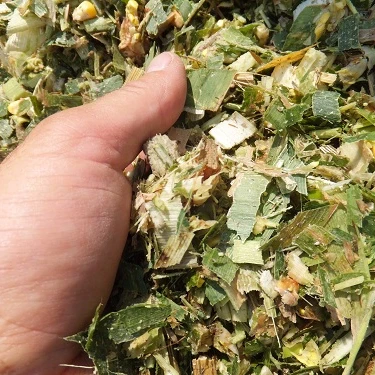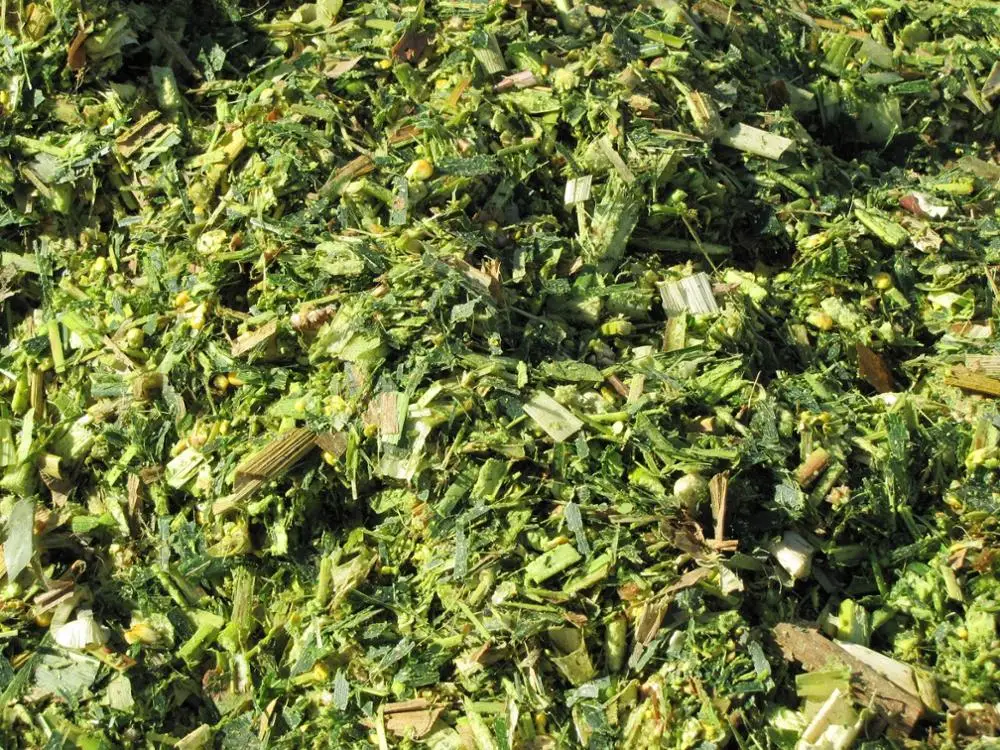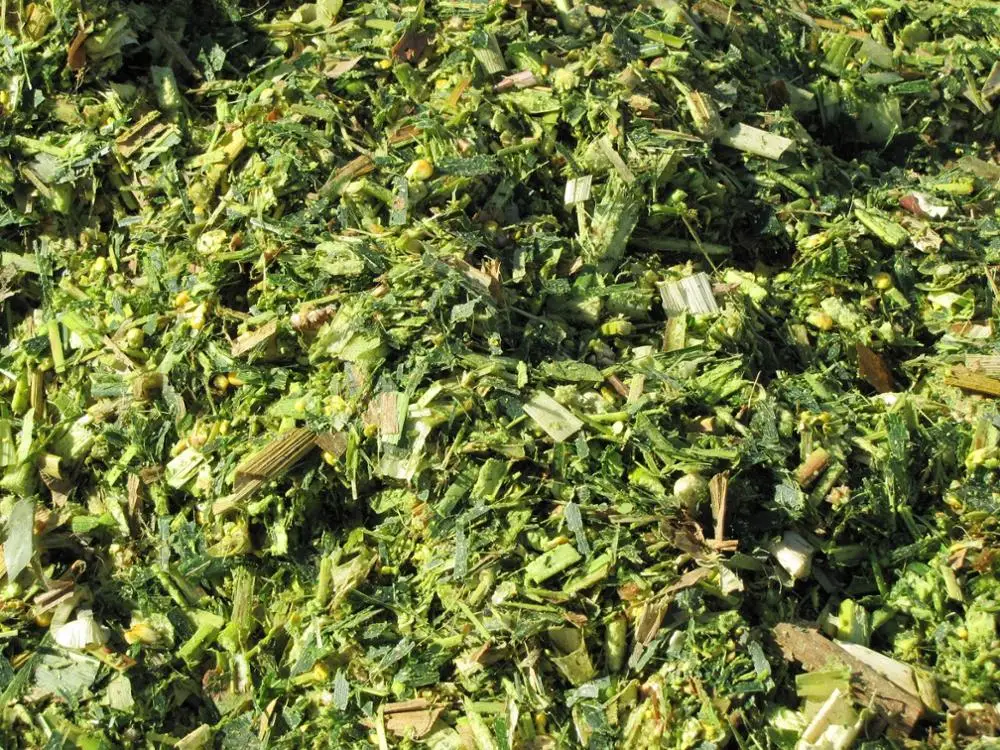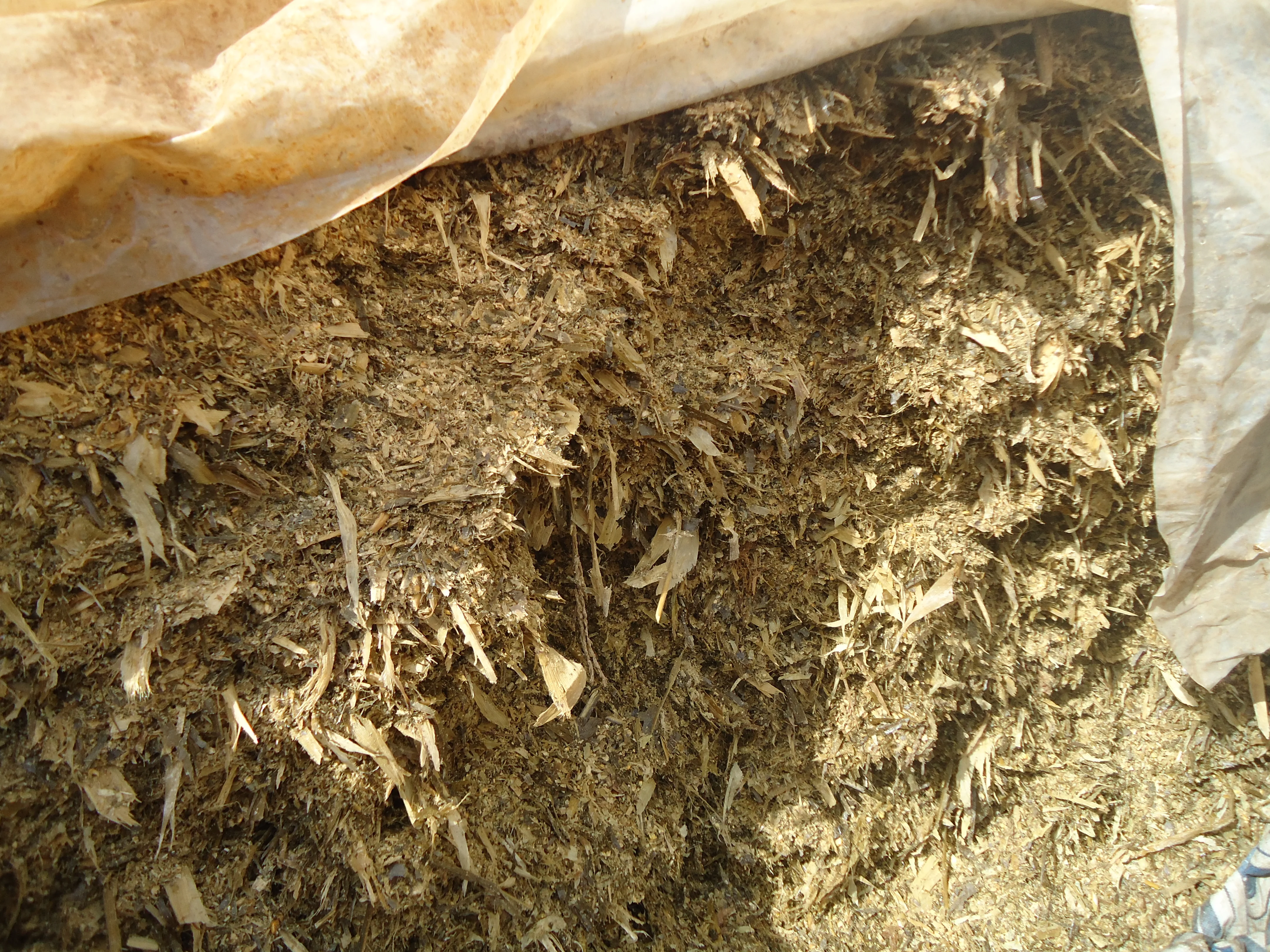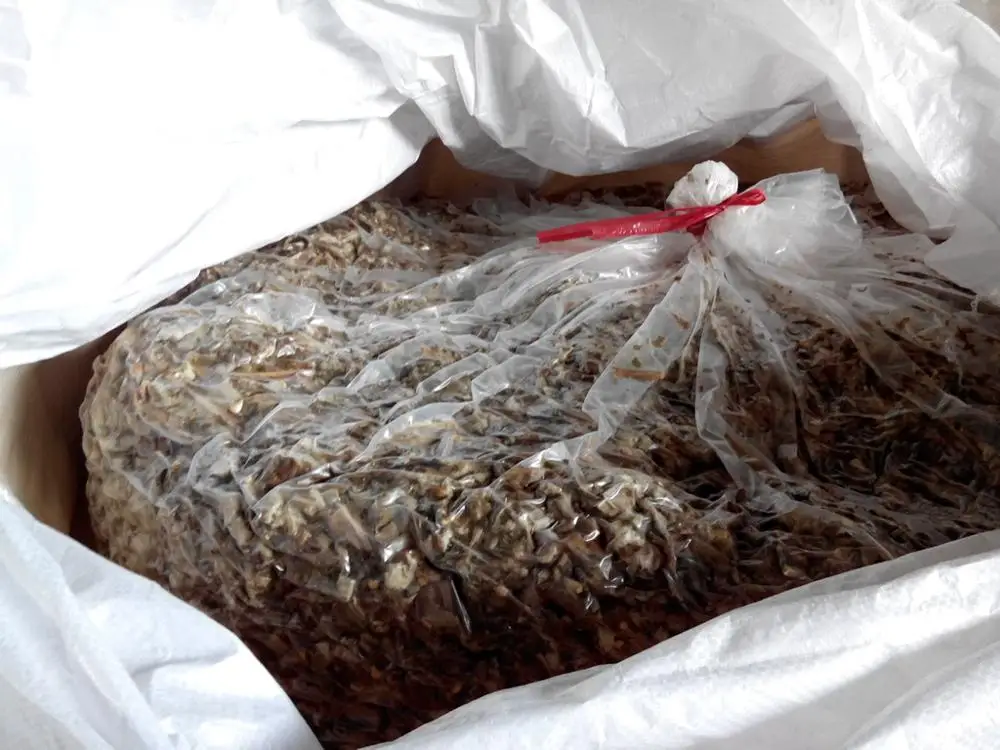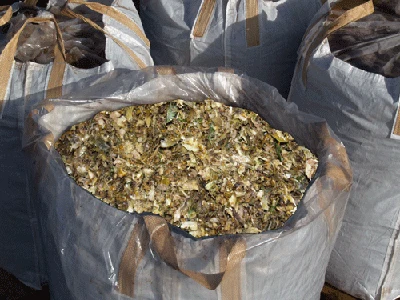Хорошая цена на силаж кукурузный стебель WHATSAPP + 0084 845
- Категория: Hay >>>
- Поставщик: VIET,D.E.L.T.A,INDUSTRIAL,CO.,LTD
Поделиться:
Описание и отзывы
Трекер стоимости
| Месяц | Минимальная цена | Макс. стоимость |
|---|---|---|
| Sep-20-2025 | 238.50 $* | 250.80 $* |
| Aug-20-2025 | 236.0 $* | 248.86 $* |
| Jul-20-2025 | 198.7 $* | 208.73 $* |
| Jun-20-2025 | 232.45 $* | 244.24 $* |
| May-20-2025 | 202.36 $* | 212.34 $* |
| Apr-20-2025 | 228.48 $* | 239.58 $* |
| Mar-20-2025 | 226.31 $* | 237.86 $* |
| Feb-20-2025 | 224.25 $* | 235.74 $* |
| Jan-20-2025 | 222.26 $* | 233.98 $* |
Характеристики
Cell phone: +84-845-639-639 (Whatsapp)
Skype: le.ngoc.thi.2013
Email: fpmanager @ vdeltagoods.com.vn
====================================
VIET D.E.L.T.A CORPORATION
20/5 Dinh Bo Linh Street, Binh Thanh District, HCMC, Vietnam
Corn silage
Corn silage is a popular forage for ruminant animals because it is high in energy and digestibility and is easily adapted to mechanization from the stand-crop to time of feeding.
Corn silage should have a light, pleasant smell with only a slight vinegar odor. It should be slightly brown to dark green. If it is dark brown or has an odor that is fruity, yeasty, burnt or rancid (butyricacid), excessive heating or improper fermentation has occurred. Knowledge of the silage process often explains why some silage may be of poor quality.
Ensiling process
Chopped forage is compressed as it is ensiled. The cells of the corn plant are still alive and breathing. This breathing by plant cells and microorganisms forms carbon dioxide and heat by using the trapped air. As carbon dioxide increases, an anaerobic condition is formed in the silo.
Ensiling process
If too much air is present or if carbon dioxide escapes, respiration will continue and the plant cells will use too much sugar and carbohydrates. This wastes nutrients needed by the desirable bacteria to "pickle" or preserve the green material as silage. This is why packing and covering immediately after filling is important.
CASSAVA CHIPS - DRIED TAPIOCA CHIPS WHATSAPP +84 947 900 124
BIO LOG/ EROSION CONTROL/ Planting WHATSAPP +84 947 900 124
Coir Pots For Germination- Coir Flower Pots Whatsapp +84947 900 124
